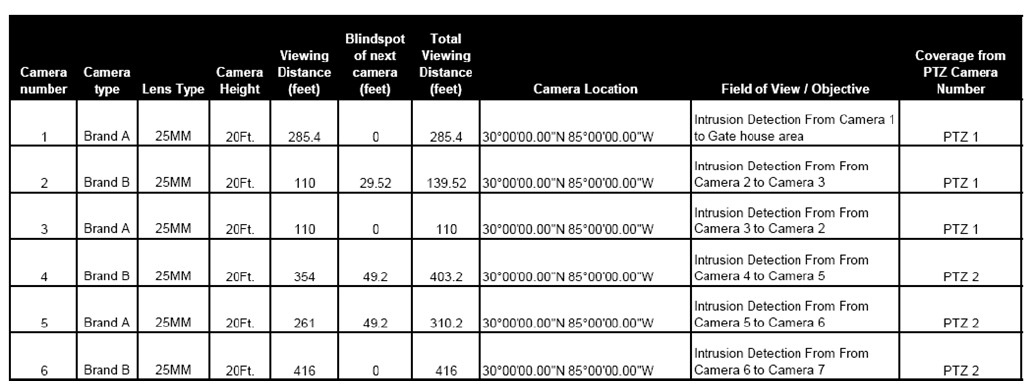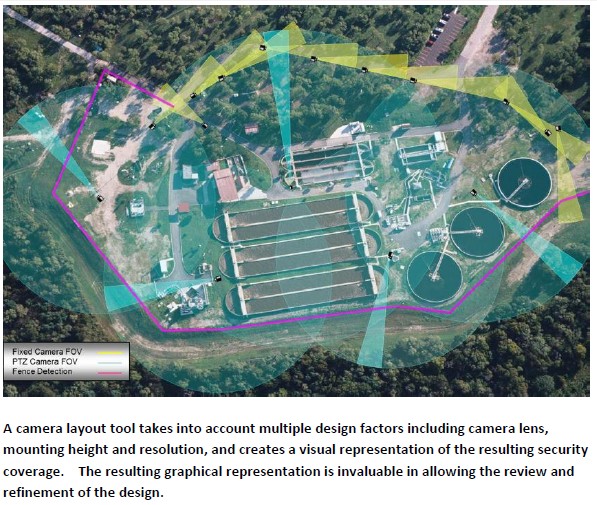6. Get an Image
The saying is true. A picture is worth a thousand words. If at all possible, try to get an image from each proposed camera location, mimicking the intended view. Getting the image at about the same camera height is ideal, but just getting a snapshot at ground level can also be helpful. If you are a consultant or integrator, this is often difficult to achieve given the nature of site visits and other restrictions, but it will provide you an added level of confidence in your design and help retain some of those small details you may have forgotten after being on site. If you are the site owner or consultant, making the effort to allow these views to be captured can go a long ways in uncovering problems early in the design. Images can be used as a great collaboration tool to gain consensus on the objective of the camera and insure that the location and view will achieve the cameras' intended mission. It is amazing on how many installations move forward without these basic, but invaluable pieces of information.
7. A Camera Worksheet is Key
Hopefully by now you realize that there are lots of little details that can get overlooked when planning to secure your facilities with video. What better way to capture all that info than in a simple camera worksheet? What is the objective of the camera? What is the brand and model? What lens is being used? Where is it to be located? How far does it need to detect? How will it be illuminated at night? It doesn't need to be overly complex, but it will save you hours of headaches by insuring you have all the pertinent details for each camera location. The other piece of this is to keep it updated. Although these types of tools are extremely important in the design phase, they are even more invaluable after you are months into the installation and there are some unanticipated design changes.

8. Use a Camera Layout Tool:
There are many different approaches to actually creating the final layout: the old T-square and triangle method, placing polygons on Google Earth, AutoCAD, PowerPoint, and vendor specific tools. In all cases the objective is to get a visual representation of the protection to be provided by the cameras used in the perimeter layout. This layout can take into account all the items talked about in this article and present them as a visual tool to facilitate responses to bids, discussions on budget, sensor selection, installation trade-off considerations and ultimately peace of mind that intended areas are fully covered. The key to a good camera layout tool is one that takes into account the various aspects of the design (Lens size, camera sensor, cameras locations, blind zones), gives a good visual presentation of the final design and allows for easy modification as plans change. Taking the time to find a layout tool that works for you can save you a vast amount of time during all phases of a perimeter protection project. There are many security product suppliers and consultants that have access to these tools and are very willing to provide you layout advice, in exchange for a chance to win your business for this or future security needs. Take advantage of their knowledge and the work they have invested in these types of application tools.

At first glance, the idea of using cameras to protect a perimeter, facility or other asset seems pretty easy. It's something that integrators and security consultants do all the time. However, it is important to take the time to reflect on the fundamentals and reconsider the many details and aspects that can impact the effectiveness of the final design. Several key considerations have been highlighted in this discussion. Although this list should not be considered exhaustive, it's hopefully a good starting point to build on.